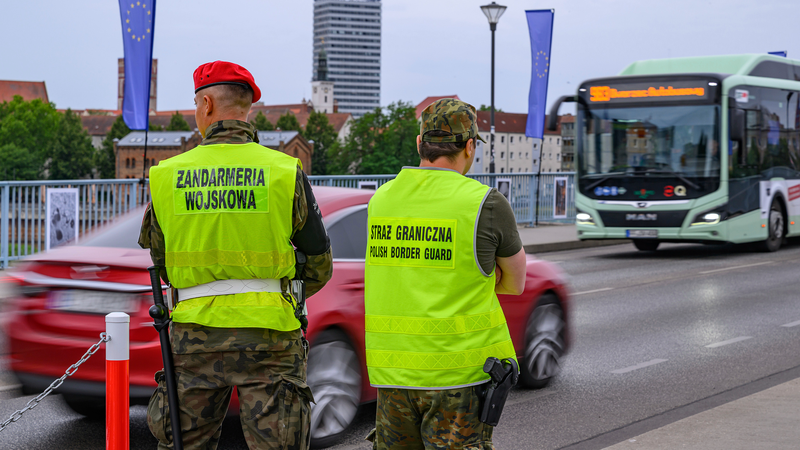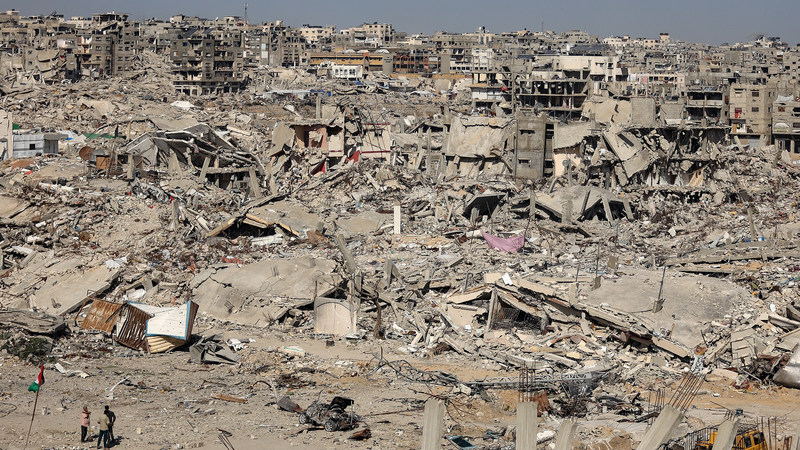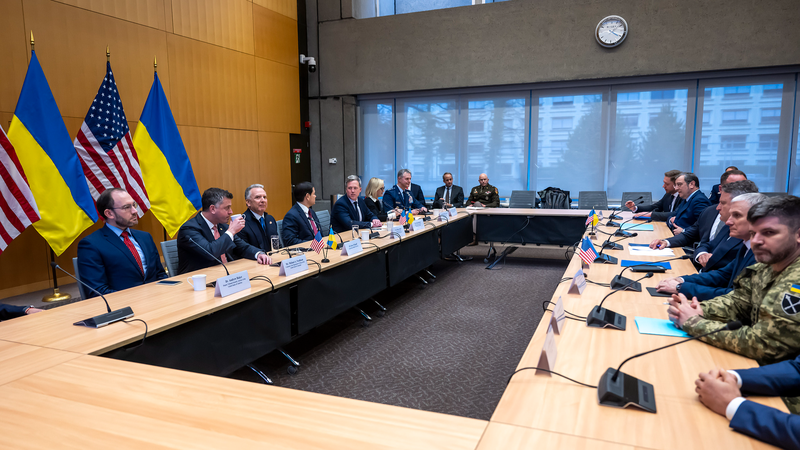Last week, Poland took the bold step of reinstating border checks with Germany and Lithuania in a bid to curb a surge in undocumented crossings. This move follows similar measures already in place in the Netherlands, Belgium and Germany, marking a shift in the EU’s once-open Schengen zone.
At midnight on Monday, Interior Minister Tomasz Siemoniak announced that 800 police officers, 200 gendarmerie soldiers and 500 territorial army troops are now stationed at key crossings. "Everything is proceeding without incident," he told TVN24, emphasizing that only state officials—not self-styled citizens’ patrols—are authorized to inspect vehicles.
Authorities say the tightening comes amid mounting public unease over reports of migrants being pushed back across borders. The Polish border guard noted on social media platform X that an Estonian national was detained on Poland’s border with Lithuania for transporting four Afghan migrants without proper paperwork.
However, the mood on the ground is tense. In June, a 24-year-old woman was killed in Torun by a Venezuelan citizen—an incident that sparked a nationalist march of 10,000 participants. Over the weekend, a stabbing in Nowe left a Polish man dead and led to the arrest of a Colombian suspect; 13 people in total have been detained in connection with the incident.
Human rights groups warn that vigilantism is on the rise. "Self-proclaimed patrols reflect a political narrative that frames migration as a threat," said the Helsinki Foundation for Human Rights. The NGO urged leaders to base border policies on facts rather than fear, calling for an honest public debate.
With EU leaders set to review Schengen rules next month, the challenge will be to maintain open borders without letting security concerns fracture a pact that has defined free movement across the bloc for decades.
For travelers and digital nomads, Europe’s passport-free dream is at a crossroads—one that could reshape how we cross borders in the years to come.
Reference(s):
cgtn.com




